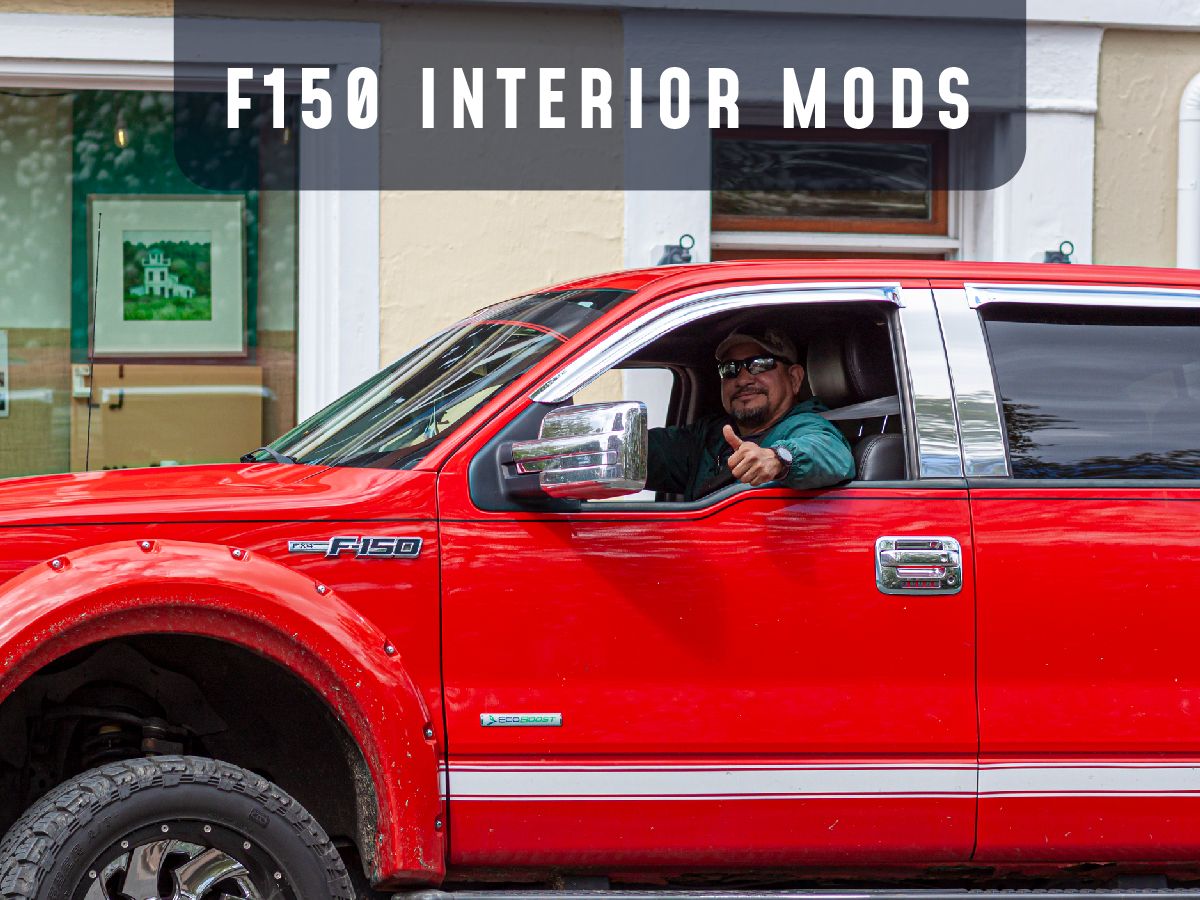Backup Camera Features You Didn’t Know You Needed
Backup cameras can do a lot more than just broadcast footage. Many come with a wide range of features that you may not know about. Not only are these features interesting, they also make the cameras safer, more functional, and pretty darn cool. Check out the top six backup camera features that will make you feel like you’re living in the future:
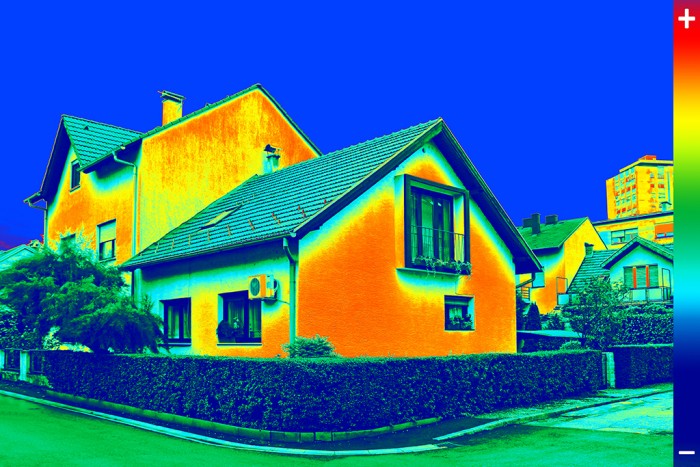
Infrared
Many backup cameras can help you see in the dark by using infrared technology. This is certainly a handy feature, as many accidents happen in the dark when vision is especially impaired.
When considering an infrared feature, it’s important to understand a backup camera’s lux rating. A lux is simply a measurement of how much light a camera needs to function. For example, if a camera has a lux rating of .1 then it can still function under the light of a full moon. A lux rating of 1 is the same light level as dusk while 0 is absolute darkness. Once the light level in the environment reaches below the camera’s lux rating, you will need infrared or night vision features for the camera to project clear images.
If you often drive late in the day or at night, then a camera with infrared technology and the ability to function in low light conditions is a must-have safety item.
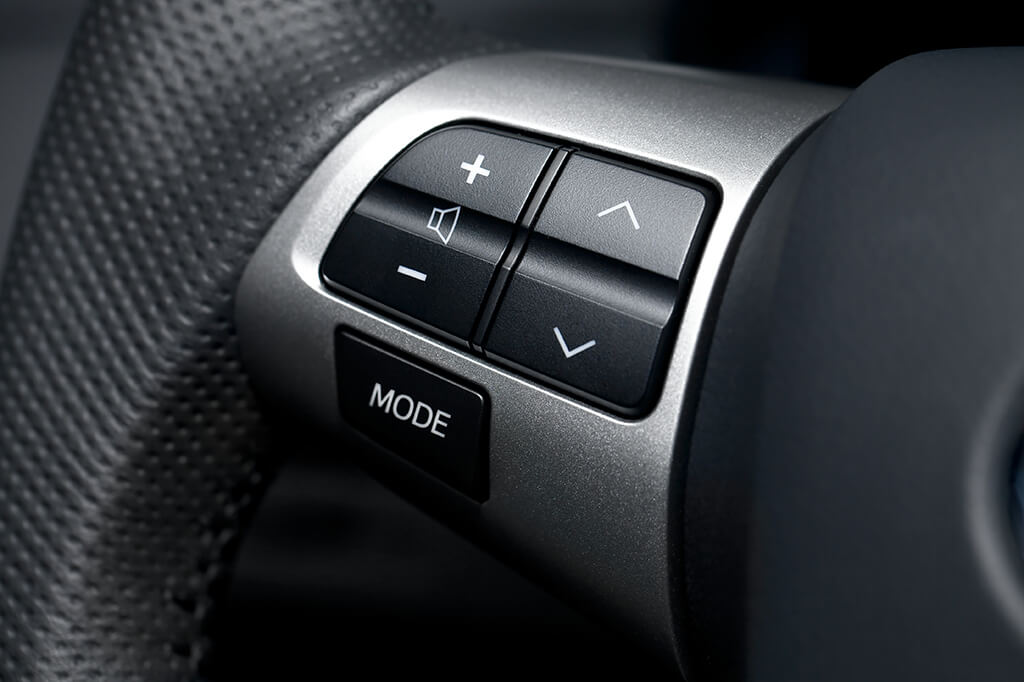
Audio Monitoring
Audio capabilities are not a common feature of many backup cameras. However, cameras offering the feature are normally not any more expensive than those that don’t. By adding a microphone system to your backup camera it can easily provide a live audio feed.
Audio monitoring can be very important for certain vehicles such as trailers, RVs, and other larger vehicles as it allows you to hear if things go wrong. For example, you will be able to clearly identify when something comes unfashioned on a trailer or when things are going on in your RV’s blind spots.
Keep in mind with audio monitoring backup cameras the small opening in the device needed for a microphone can decrease overall waterproofing effectiveness.

Waterproofing
The housing of your rear view camera is also an important consideration. If you live in an area that gets a lot of rain or you regularly drive in such conditions, then waterproof casing on your backup camera is a must-have feature.
When looking for a waterproof camera, be sure to look at the Ingress Protection (IP) Rating as this measures an enclosure's ability to keep out foreign matter such as dirt, dust, or water. IP Rating measurements are two digits: the first measures on a scale of 0-6 how well the enclosure protects against particles and other solid matter, the second scale of 0-8 measures water protection.
In general, you’ll want your backup camera to have an IP rating of at least IP66 and IP67 to provide adequate water protection.
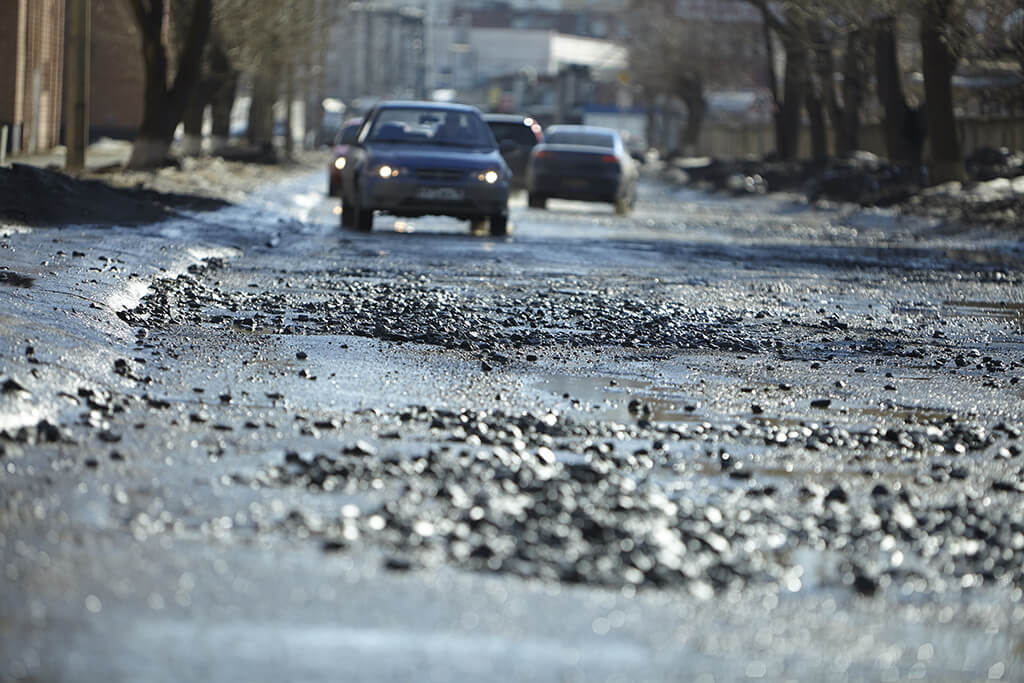
Shock and Vibration Ratings
When buying a camera, you have to consider the environment you’ll be using it in. For example, if you do a lot of traveling you may encounter uneven or bumpy roads. You may also encounter dirt roads depending on where you’re going.
When traveling through rough environments, your backup camera absorbs a lot of vibrations and shock due to the uneven ride. Make sure that your camera and its casing have a high shock and vibration rating. If they are not outfitted for frequent shocks or vibrations, rough roads are likely to break or damage the device.
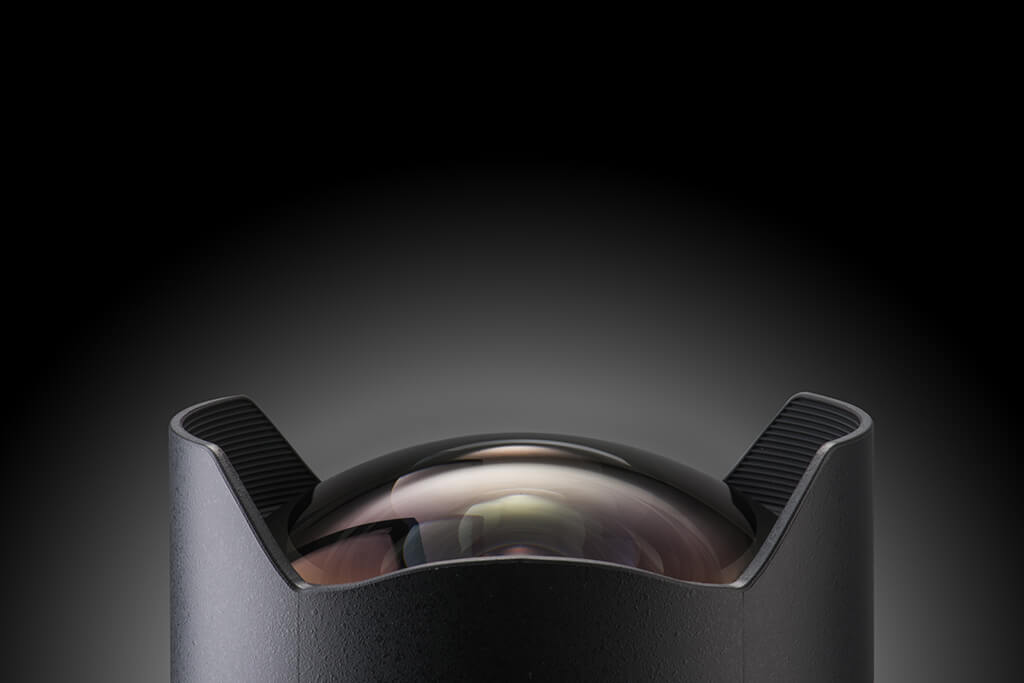
Camera Angle
A camera’s viewing angle tells you how wide of a shot you’re getting. In general, 30 and 40 degree cameras are considered none too useful as they don’t offer a wide enough shot and fail to provide much more viewing area than what you already see out of your rear view mirrors.
While a 100 degree camera angle is considered enough for an automobile, you may need a viewing angle up to 170 degrees if you drive a larger vehicle with a wider turning radius. The camera angle size is dependent on the size of the image sensor. Most image sensors are ⅓ or ¼ with ½ being more expensive and not seeing a lot of use in the consumer marketplace. If you’re looking for a wide angle shot you’ll want a ⅓ to get the best viewing angle at an affordable price.
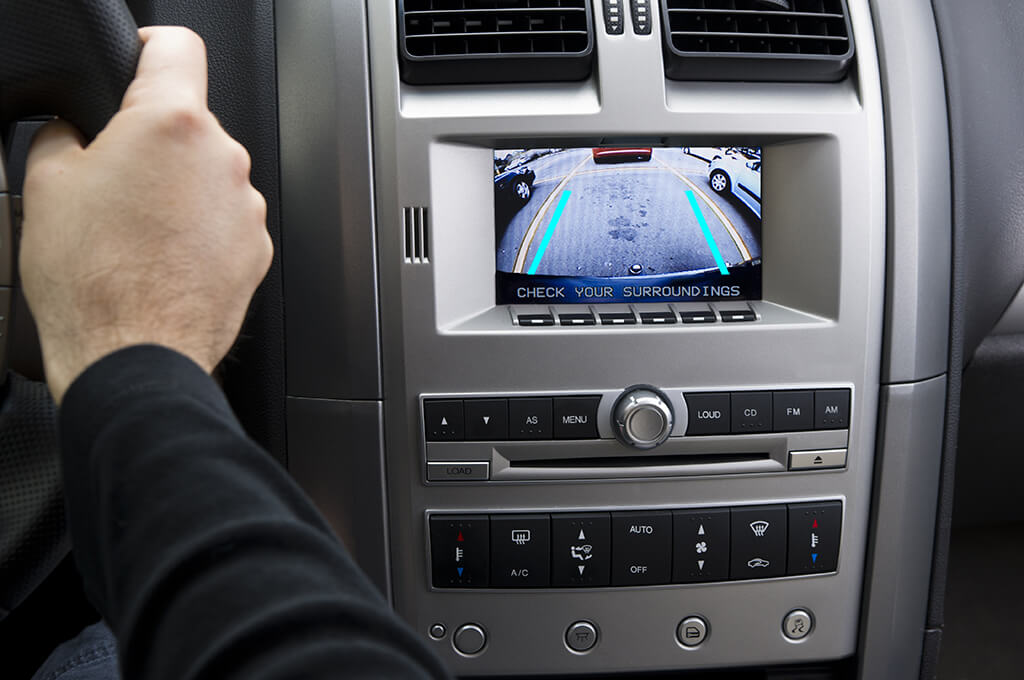
Guidelines
Guidelines are an excellent feature that makes backing up far safer. They can also prove to be of great assistance when backing into a parking space. However, you may not know what the guidelines on the camera mean and more importantly what their measurements are.
The left and right lines measure your vehicle’s width with a little room to spare. The pink or red line is roughly 18 inches away from your back bumper, and if you’re going past it then you're about to hit something. The line above the pink line measures roughly three feet from the back of your vehicle and is a good guide point when backing up or parking.
Guidelines help not only with parking an automobile, but also with RVs and trailers which can prove more difficult to park and backup.
Important Safety Features for Every Backup Camera
Backup cameras are only as good as their features. When selecting a backup camera for your car, truck, RV, or trailer, consider including these top safety features in your purchase. From infrared technology to shock and vibration mechanics, make sure your backup camera has everything you need to make your ride safe, smoother, and more fun.


